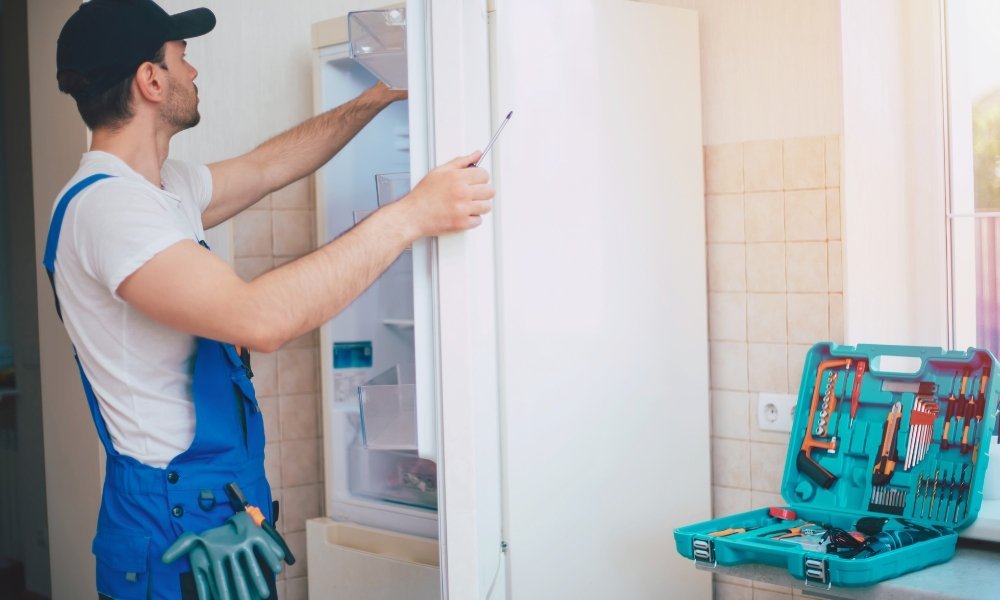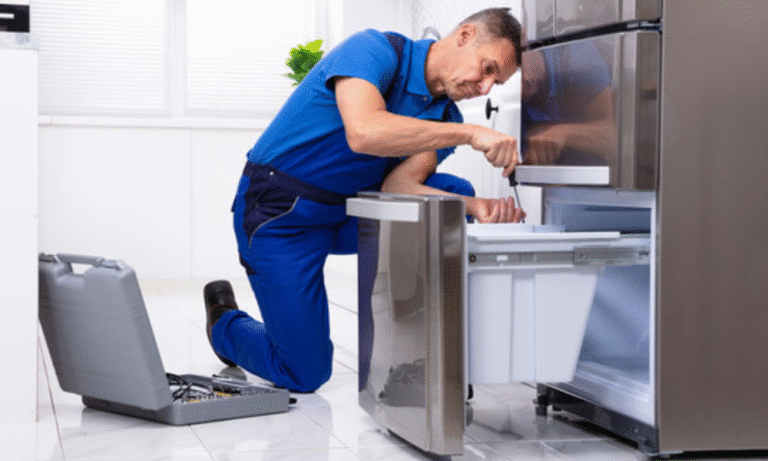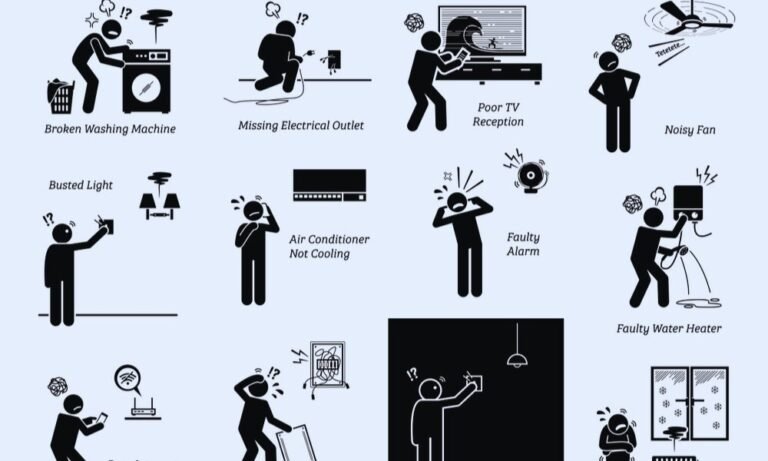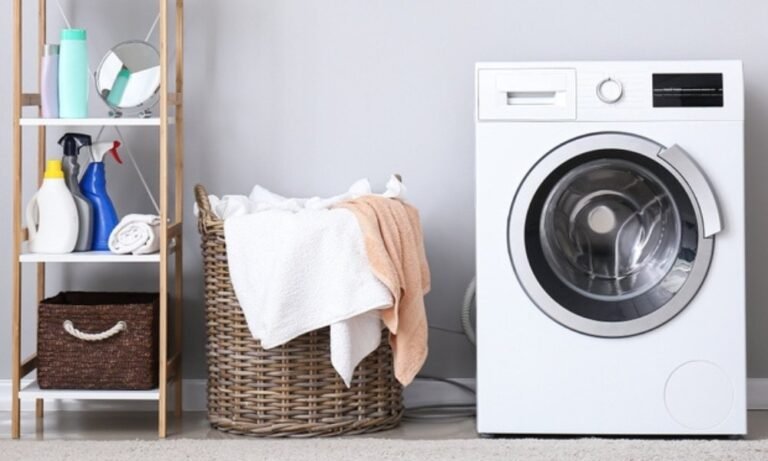Estimated reading time: 6 minutes
If your refrigerator isn’t keeping things cold, you’ve got more than just a minor inconvenience on your hands. A fridge that stops cooling can lead to spoiled groceries, wasted money, and even higher energy bills. But before you assume the worst, let’s go through some practical troubleshooting steps to figure out what’s wrong.
I’ve spent years diagnosing and repairing appliances, and I can tell you—sometimes the fix is easier than you think. Other times, it’s a sign you need professional help. Let’s get into it.
What You’ll Learn in This Guide:
Common reasons your refrigerator isn’t cooling
Step-by-step troubleshooting solutions
How to know when it’s time to call a pro
Preventative maintenance tips to avoid future issues
Check the Power First (Yes, Really!)
It sounds obvious, but I can’t tell you how many times I’ve arrived at a repair call only to find the fridge wasn’t plugged in. Life gets busy, and things happen—someone might have accidentally nudged the plug loose while cleaning, or a power surge could have tripped a breaker.
Quick Fix:
- Ensure the fridge is plugged in securely.
- Test the outlet by plugging in another device.
- Check your home’s circuit breaker. If it’s tripped, switch it back on.
If your fridge still isn’t cooling after this, let’s move on to the next step.
Adjust the Thermostat—It Might Not Be Set Right
A simple bump can accidentally change your refrigerator’s temperature settings. If the setting is too high, your fridge won’t cool properly.
Quick Fix:
- Set your refrigerator to 37°F (3°C) and your freezer to 0°F (-18°C)—this is the sweet spot.
- If you have a dial-type thermostat, ensure it’s not stuck or broken.
If adjusting the thermostat doesn’t help, let’s move on.
Check for Blocked Air Vents

Your fridge depends on proper air circulation. If food is crammed against the vents, cold air can’t flow as it should.
Quick Fix:
- Rearrange your food items to keep vents clear.
- Make sure large items (like a big casserole dish) aren’t blocking airflow.
This is an easy mistake to fix, and it makes a huge difference.
Inspect the Door Seals (Gaskets) for Leaks
A loose or torn door seal lets cold air escape, making your fridge work overtime while failing to maintain a low temperature.
Quick Fix:
- Test it with a dollar bill: Close the door on a dollar bill and try pulling it out. If it slides out too easily, the seal isn’t tight enough.
- Clean the seals with warm, soapy water to remove dirt buildup.
- If the seals are cracked or damaged, replace them.
A bad gasket can seem minor, but trust me—it’s a big deal when it comes to keeping your fridge cold.
Clean the Condenser Coils
Dirty condenser coils are a major cause of cooling problems. These coils help remove heat from the fridge, but when covered in dust, they can’t do their job properly.
Quick Fix:
- Unplug the refrigerator.
- Locate the coils (usually behind or underneath the fridge).
- Use a coil brush or vacuum to remove dust and debris.
- Do this at least twice a year to prevent future issues.
If your fridge is still struggling to stay cold, it might be time to check its internal components.
Listen for the Evaporator Fan
The evaporator fan circulates cold air inside the fridge. If it’s not running, your fridge won’t cool properly—even if the freezer is working fine.
Quick Fix:
- Open the freezer and listen for a fan sound. If you don’t hear anything, the fan may be broken.
- Check if frost is building up around the evaporator coils, which can block the fan.
- If the fan isn’t spinning, it might need professional replacement.
Test the Start Relay (It Helps the Compressor Run)
The start relay is a small but essential component that helps the compressor kick on. If it fails, your compressor won’t start, and your fridge won’t cool.
Quick Fix:
- Listen for clicking sounds—this could indicate a faulty start relay.
- Unplug the fridge and inspect the relay (located near the compressor). If it smells burnt or rattles when shaken, it’s likely defective.
- Replace the start relay if needed.
If the compressor itself is the issue, that’s a bigger problem.
Check for a Faulty Compressor
The compressor is the heart of your refrigerator. If it’s not running, the fridge won’t cool—period.
Quick Fix:
- Listen for a humming sound. If your compressor is silent, it might have failed.
- If the freezer is cold but the fridge isn’t, the compressor might still be working, but another component (like the evaporator fan) could be the issue.
- A bad compressor usually requires professional repair or replacement.
At this point, you might want to consider whether it’s worth fixing or replacing your fridge. Check out these signs that indicate when professional repair is necessary.
Refrigerant Leak? Call a Professional

Refrigerant is what keeps your fridge cold, but leaks can happen due to corrosion or damage. Unlike some other repairs, this isn’t a DIY fix—handling refrigerant requires special tools and certification.
Signs of a Leak:
Your fridge is warm, but the compressor runs constantly.
You hear a hissing or bubbling noise.
There’s an oily residue near the coils.
If you suspect a refrigerant leak, call a professional ASAP. Learn more about when it’s best to call an expert for appliance repairs.
Preventative Maintenance: How to Keep Your Fridge Running Smoothly
Want to avoid costly repairs in the future? A little maintenance goes a long way.
Clean the condenser coils every six months.
Check door seals regularly for cracks.
Keep vents clear to allow proper airflow.
Don’t overload your fridge—give cold air room to circulate.
Set the right temperature (37°F for the fridge, 0°F for the freezer).
Regular maintenance saves you money in the long run. Learn more in this guide to extending the life of your appliances.
Final Thoughts: When to Call a Professional
If you’ve gone through these troubleshooting steps and your fridge still isn’t cooling, it’s time to call in a pro. Some repairs—like compressor issues and refrigerant leaks—require specialized tools and knowledge.
Need help? Check out how to find a trustworthy appliance repair technician before hiring someone. A working fridge isn’t just about convenience—it’s about keeping your food fresh and your home running smoothly. Hopefully, these troubleshooting steps help you get things back on track. And if not, you know where to turn.



